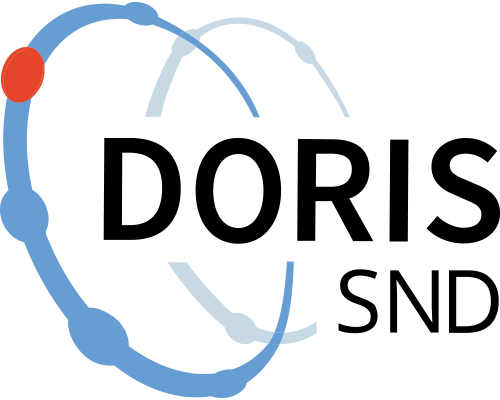The impacts of trust, cost and risk on collaboration in environmental governance
https://doi.org/10.5878/y0q4-8w20
1. Collaborative approaches to environmental governance are drawing increased interest in research and practice. In this article we investigate the structure and functioning of actor networks engaged in collaboration.
2. We specifically seek to advance understanding of how and why collaborative networks are formed as actors engage in addressing two broad classes of collective action problems: coordination and cooperation. It has been proposed that more risk-prone cooperative problems favor denser and more cohesive bonding network structures, whereas less risky coordination problems favor sparser and more centralized bridging structures.
3. Recent empirical findings however cast some doubts on these assumptions. In building on previous work we propose and evaluate a set of propositions in order to remedy these ambiguities. Our propositions build on the assumption that bridging structures could, if actors’ experience sufficient levels of trust in the collaborative process, adequately support both cooperation and coordination problems.
4. Our empirical investigation of four UNESCO’s Man and Biosphere Reserves gives initial support for our assumptions, and suggest that bridging structures emerge when actors have trust in the collaborative endeavor, and/or when the cost of collaborative failure is deemed low. While caution is warranted due to data limitations, our findings contribute to improved policies and guidelines on how to stimulate and facilitate more effective collaborative approaches to environmental governance.
The dataset contains four networks (one per MAB reserve). The data is further described in the published paper. For each network, there are several files. The files are formatted for the program MPnet. One file per network is the sociomatrix (rows and columns are nodes, and the values in the matrix are the links between the nodes). Several other files, per network, contain node attributes (further described in the published paper). The order of the node attributes are the same as in the sociomatrices.
Data files
Data files
Citation and access
Citation and access
Data access level:
Creator/Principal investigator(s):
Research principal:
Data contains personal data:
No
Citation:
License:
Language:
Method and outcome
Method and outcome
Data collection - Self-administered questionnaire
Data collection - Self-administered questionnaire
Geographic coverage
Geographic coverage
Administrative information
Administrative information
Topic and keywords
Topic and keywords
Relations
Relations
Publications
Publications
Metadata
Metadata
Version 1
